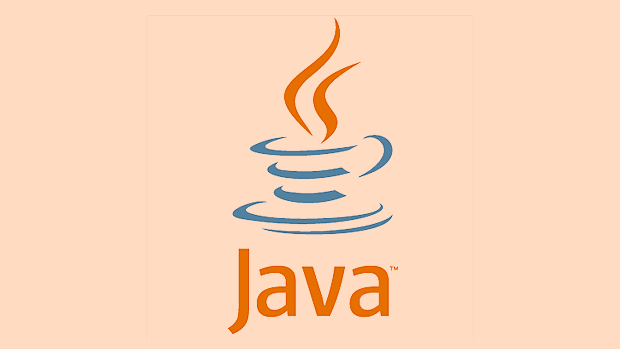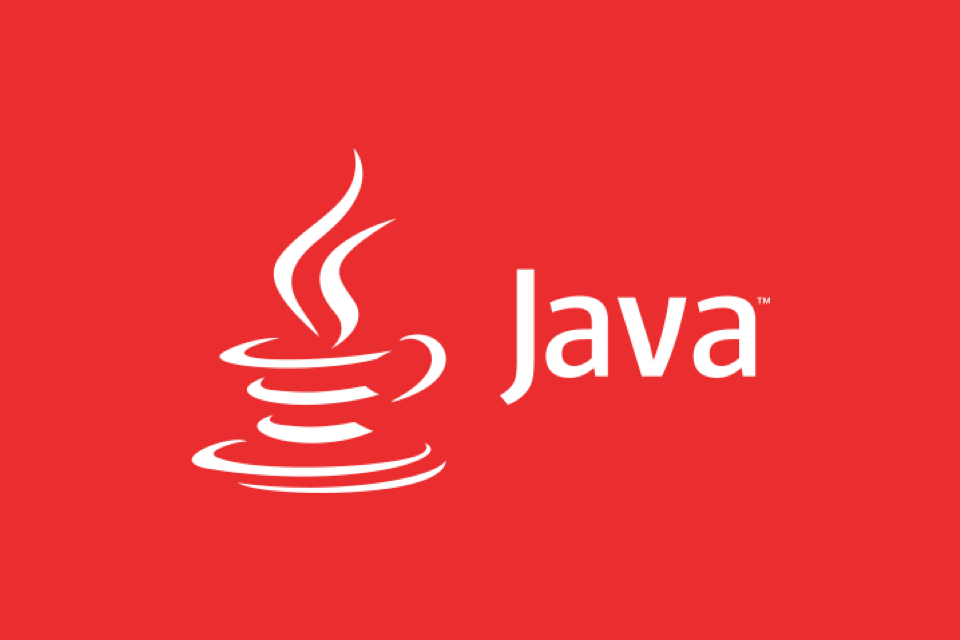Managing Dependencies in a Large-Scale Java Project
Use Maven or Gradle consistently with centralized version management and BOMs for compatibility. 2. Inspect and exclude transitive dependencies to prevent conflicts and vulnerabilities. 3. Enforce version consistency using tools like Maven Enforcer Plugin and automate updates with Dependabot or Renovate. 4. Regularly audit dependencies for security, licenses, and maintenance status, removing unused ones. 5. Apply modular design with proper dependency scoping to isolate and limit exposure. 6. Use private repository proxies like Nexus or Artifactory for caching, reliability, and policy enforcement. Effective dependency management requires control, automation, and team discipline to ensure stability, scalability, and security in large Java projects.

Managing dependencies in a large-scale Java project isn't just about adding libraries—it's about maintaining stability, scalability, and security across a complex codebase. As teams grow and the number of external libraries increases, poor dependency management can lead to version conflicts, bloated builds, and hard-to-debug runtime issues. Here’s how to handle it effectively.

1. Use a Build Tool with Strong Dependency Management
Maven or Gradle are the standard choices, each with strengths.
- Maven offers convention over configuration, making it predictable and widely supported. Its dependency tree model helps identify conflicts.
- Gradle provides more flexibility and performance, especially for multi-module projects, with support for dynamic versions and composite builds.
Choose one and standardize across the project. Mixing tools increases complexity.

Best practices:
- Declare dependencies in a single source of truth (e.g.,
dependencyManagementin Maven orversionsblock in Gradle). - Use BOMs (Bill of Materials) for frameworks like Spring Boot to align compatible versions:
<dependencyManagement> <dependencies> <dependency> <groupId>org.springframework.boot</groupId> <artifactId>spring-boot-dependencies</artifactId> <version>3.1.0</version> <type>pom</type> <scope>import</scope> </dependency> </dependencies> </dependencyManagement>
2. Control Transitive Dependencies
Transitive dependencies (dependencies of your dependencies) can silently introduce:

- Version conflicts
- Security vulnerabilities
- JAR hell
Strategies:
- Inspect dependency trees regularly:
mvn dependency:tree # or gradle dependencies
- Exclude unnecessary transitive dependencies:
<exclusion> <groupId>commons-logging</groupId> <artifactId>commons-logging</artifactId> </exclusion>
- Enforce clean dependency graphs via build rules or static analysis tools.
3. Enforce Version Consistency and Updates
In large projects, different modules might pull in different versions of the same library—this leads to runtime errors.
Solutions:
- Use version properties or platforms (Gradle) to centralize versions.
- Apply dependency convergence checks (e.g., Maven Enforcer Plugin):
<plugin> <groupId>org.apache.maven.plugins</groupId> <artifactId>maven-enforcer-plugin</artifactId> <executions> <execution> <id>enforce</id> <configuration> <rules> <DependencyConvergence/> </rules> </configuration> <goals> <goal>enforce</goal> </goals> </execution> </executions> </plugin> - Automate updates with tools like Dependabot or Renovate, but test thoroughly before merging.
4. Minimize and Audit Dependencies
Every added dependency increases:
- Attack surface
- Build time
- Risk of license violations
Do this:
- Regularly audit dependencies for:
- Security vulnerabilities (use OWASP Dependency-Check, Snyk, or GitHub Alerts)
- License compliance (e.g., avoid GPL in proprietary software)
- Maintenance status (abandoned libraries are risky)
- Remove unused dependencies with tools like Unused Maven Dependencies Plugin or Gradle’s dependency analysis.
- Prefer small, focused libraries over monolithic ones when possible.
5. Isolate Dependencies with Modular Design
In multi-module projects, avoid leaking dependencies across modules.
- Use compile vs. runtime vs. test scopes appropriately.
- In Gradle, consider
implementation,api, andcompileOnlyto control visibility. - Apply strict encapsulation—only expose what’s necessary.
- Consider feature-based or domain-based module structure to limit dependency sprawl.
6. Use Repository Proxies and Caching
For enterprise-scale teams:
- Set up a private artifact repository (Nexus, Artifactory).
- Proxy external repos (Maven Central) to improve reliability and speed.
- Cache dependencies to avoid network issues and ensure reproducible builds.
- Enforce policies (e.g., block snapshots in production builds).
Managing dependencies well in a large Java project comes down to control, visibility, and automation. It’s not just technical—it’s a team discipline. Establish clear guidelines, automate checks, and review dependencies as part of your regular code lifecycle.
Basically: centralize versions, prune the unnecessary, audit constantly, and design modules wisely. It’s not flashy, but it keeps the project maintainable at scale.
The above is the detailed content of Managing Dependencies in a Large-Scale Java Project. For more information, please follow other related articles on the PHP Chinese website!

Hot AI Tools

Undress AI Tool
Undress images for free

Undresser.AI Undress
AI-powered app for creating realistic nude photos

AI Clothes Remover
Online AI tool for removing clothes from photos.

Clothoff.io
AI clothes remover

Video Face Swap
Swap faces in any video effortlessly with our completely free AI face swap tool!

Hot Article

Hot Tools

Notepad++7.3.1
Easy-to-use and free code editor

SublimeText3 Chinese version
Chinese version, very easy to use

Zend Studio 13.0.1
Powerful PHP integrated development environment

Dreamweaver CS6
Visual web development tools

SublimeText3 Mac version
God-level code editing software (SublimeText3)

Hot Topics
 Laravel lazy loading vs eager loading
Jul 28, 2025 am 04:23 AM
Laravel lazy loading vs eager loading
Jul 28, 2025 am 04:23 AM
Lazy loading only queries when accessing associations can easily lead to N 1 problems, which is suitable for scenarios where the associated data is not determined whether it is needed; 2. Emergency loading uses with() to load associated data in advance to avoid N 1 queries, which is suitable for batch processing scenarios; 3. Emergency loading should be used to optimize performance, and N 1 problems can be detected through tools such as LaravelDebugbar, and the $with attribute of the model is carefully used to avoid unnecessary performance overhead.
 Integrating PHP with Machine Learning Models
Jul 28, 2025 am 04:37 AM
Integrating PHP with Machine Learning Models
Jul 28, 2025 am 04:37 AM
UseaRESTAPItobridgePHPandMLmodelsbyrunningthemodelinPythonviaFlaskorFastAPIandcallingitfromPHPusingcURLorGuzzle.2.RunPythonscriptsdirectlyfromPHPusingexec()orshell_exec()forsimple,low-trafficusecases,thoughthisapproachhassecurityandperformancelimitat
 Laravel raw SQL query example
Jul 29, 2025 am 02:59 AM
Laravel raw SQL query example
Jul 29, 2025 am 02:59 AM
Laravel supports the use of native SQL queries, but parameter binding should be preferred to ensure safety; 1. Use DB::select() to execute SELECT queries with parameter binding to prevent SQL injection; 2. Use DB::update() to perform UPDATE operations and return the number of rows affected; 3. Use DB::insert() to insert data; 4. Use DB::delete() to delete data; 5. Use DB::statement() to execute SQL statements without result sets such as CREATE, ALTER, etc.; 6. It is recommended to use whereRaw, selectRaw and other methods in QueryBuilder to combine native expressions to improve security
 Optimizing Memory Usage in Java Applications
Jul 28, 2025 am 02:40 AM
Optimizing Memory Usage in Java Applications
Jul 28, 2025 am 02:40 AM
UseefficientdatastructureslikeArrayListoverLinkedListandprimitivecollectionstoreduceoverhead;2.Minimizeobjectcreationbyreusingobjects,usingStringBuilderforconcatenation,andcachingexpensiveobjects;3.Preventmemoryleaksbynullifyingreferences,usingstatic
 python ternary operator example
Jul 28, 2025 am 02:57 AM
python ternary operator example
Jul 28, 2025 am 02:57 AM
Python's ternary operator is used to concisely implement if-else judgment, and its syntax is "value_if_trueif conditionelsevalue_if_false"; 1. It can be used for simple assignment, such as returning the corresponding string based on positive and negative values; 2. It can avoid division errors, such as determining that the denominator is non-zero and then division; 3. It can select content according to conditions in string format; 4. It can assign labels to different elements in list derivation formula; it should be noted that this operator is only suitable for binary branches and should not be nested multiple layers. Complex logic should use the traditional if-elif-else structure to ensure readability.
 Reactive Programming in Java with Project Reactor and Spring WebFlux
Jul 29, 2025 am 12:04 AM
Reactive Programming in Java with Project Reactor and Spring WebFlux
Jul 29, 2025 am 12:04 AM
Responsive programming implements high concurrency, low latency non-blocking services in Java through ProjectReactor and SpringWebFlux. 1. ProjectReactor provides two core types: Mono and Flux, supports declarative processing of asynchronous data flows, and converts, filters and other operations through operator chains; 2. SpringWebFlux is built on Reactor, supports two programming models: annotation and functional. It runs on non-blocking servers such as Netty, and can efficiently handle a large number of concurrent connections; 3. Using WebFlux Reactor can improve the concurrency capability and resource utilization in I/O-intensive scenarios, and naturally supports SSE and WebSo.
 css table-layout fixed example
Jul 29, 2025 am 04:28 AM
css table-layout fixed example
Jul 29, 2025 am 04:28 AM
table-layout:fixed will force the table column width to be determined by the cell width of the first row to avoid the content affecting the layout. 1. Set table-layout:fixed and specify the table width; 2. Set the specific column width ratio for the first row th/td; 3. Use white-space:nowrap, overflow:hidden and text-overflow:ellipsis to control text overflow; 4. Applicable to background management, data reports and other scenarios that require stable layout and high-performance rendering, which can effectively prevent layout jitter and improve rendering efficiency.
 Notepad find and replace with regex capture groups
Jul 28, 2025 am 02:17 AM
Notepad find and replace with regex capture groups
Jul 28, 2025 am 02:17 AM
Use regular expression capture group in Notepad to effectively reorganize text. First, you need to open the replacement dialog box (Ctrl H), select "Search Mode" as "regular expression", 1. Use () to define the capture group, such as (\w ) to capture words; 2. Use \1 and \2 to reference the corresponding group in the replacement box; 3. Example: Exchange the name "JohnDoe" as "Doe, John", find (\w )\s (\w ), replace it with \2,\1; 4. Date format conversion 2023-12-25 to 25/12/2023, find (\d{4})-(\d{2})-(\d{2}), replace it with \3/\2/\1; 5. Log reordering can extract time, level, ID and other information







